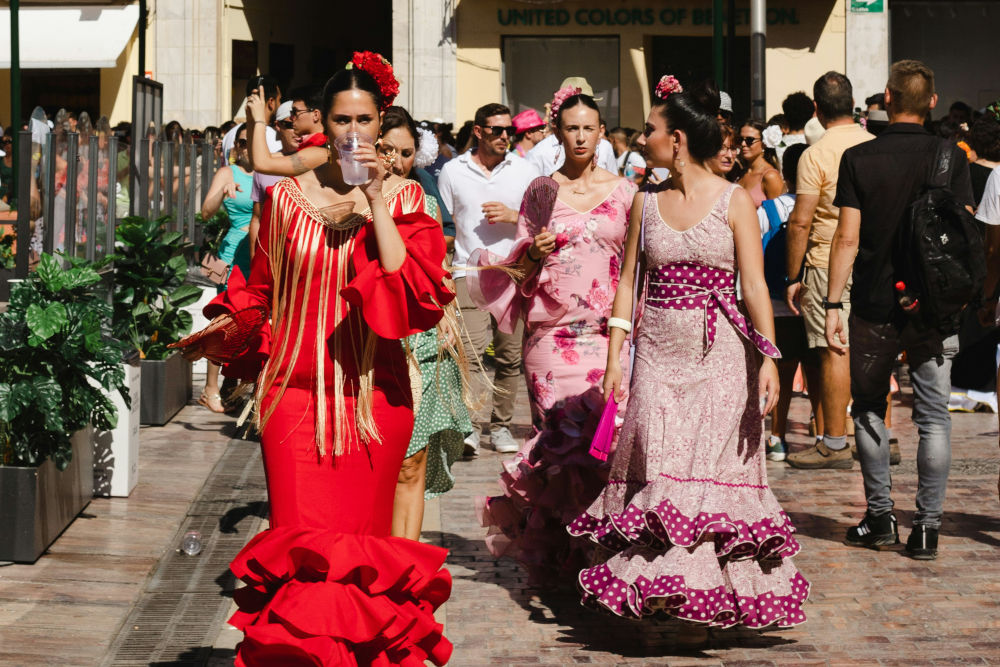
Les vêtements traditionnels espagnols préservent la fierté et l'histoire d'un pays doté d'une mosaïque d'identités régionales, de langues et de traditions distinctes, ce qui en fait l'un des pays les plus diversifiés culturellement d'Europe.
L'Espagne compte 17 communautés autonomes et deux villes autonomes (Ceuta et Melilla). Le costume traditionnel espagnol est fortement influencé par les différentes identités, histoires et cultures de ses communautés autonomes. Chaque région possède une tenue vestimentaire unique, reflétant son climat, sa géographie, ses influences historiques et ses traditions culturelles.
Restez avec nous et découvrez comment l’histoire unique de l’Espagne, sa tapisserie culturelle variée et l’identité de chaque région autonome ont façonné la beauté de la tenue traditionnelle espagnole.
Panaprium est indépendant et pris en charge par les lecteurs. Si vous achetez quelque chose via notre lien, nous pouvons gagner une commission. Si vous le pouvez, veuillez nous soutenir sur une base mensuelle. La mise en place prend moins d'une minute et vous aurez un impact important chaque mois. Merci!
La célèbre robe de flamenco

La robe de flamenco est originaire d'Andalousie, dans le sud de l'Espagne, et est liée à la riche culture flamenco de la région et à des festivals comme la Feria de Abril à Séville. La robe a une silhouette ajustée qui s'évase en plusieurs volants au bas et aux manches.
Traditionnellement, il est orné de pois (lunares) et présente des couleurs vives comme le rouge, le noir, le blanc et des motifs floraux lumineux.
Les femmes portent généralement cette robe avec de grandes boucles d'oreilles, des fleurs dans les cheveux et un châle à franges (mantón).
Trouvez ici des robes d'été mignonnes et bon marché à pois ou évasées.
Le costume traditionnel de Galice

Le caractère rural de la région a influencé plusieurs éléments distinctifs de la tenue traditionnelle galicienne. La tenue comprend généralement une longue jupe (saia), souvent en laine et richement décorée, ainsi qu'un tablier (mandil) et un châle (mantón). La blouse est associée à un gilet brodé et possède des manches bouffantes.
Les femmes couvraient généralement leur tête avec des foulards colorés.
Les couleurs des tenues vont des rouges et bleus vibrants aux tons terre plus discrets selon l'occasion et la localité.
Trouvez ici des chemisiers à manches bouffantes ou brodés et des styles uniques fabriqués selon les normes sociales et environnementales les plus élevées.
Le costume typique de Majorque

Le costume traditionnel majorquin, vestit de pagès, reflète l'héritage rural de l'île. Les dames s'habillent d'un pourpoint, de jupons, de corsages, de crinolines, de bas courts ou longs et de jupes épaisses ou fines pour l'hiver et l'été.
Les vêtements sont fabriqués à partir de tissus robustes comme le lin et décorés de dentelle ou de motifs floraux.
Les femmes portaient des bonnets en tissu fin qui couvraient parfois l'encolure pour retenir leurs cheveux. Le rebosillo - un mouchoir en forme de cloche qui Couvrant la tête et atteignant presque la taille , c'était un article très prisé. Les chaussures typiques étaient plates et faites de cuir brut.
Costume de paysan catalan

Le costume paysan catalan reflète les traditions rurales de la Catalogne. Il comprend généralement une chemise blanche, une large ceinture rouge et un pantalon de couleur foncée pour les hommes, souvent associé à une barretina , un chapeau traditionnel en laine rouge ou violet.
Les femmes portent de longues jupes, des tabliers brodés et des châles. Ces vêtements soulignent la simplicité et le pragmatisme de la vie à la campagne.
La Pubilla de Catalogne

Nous restons en terre catalane pour vous présenter un autre costume typique de la pubilla. La pubilla était la fille aînée destinée à recevoir un héritage en l'absence d'enfant mâle.
Elle est née au Moyen Âge en raison de la nécessité d'éviter la division des biens familiaux et de maintenir l'économie familiale, qui était alors basée sur l'agriculture.
La robe pubilla faisait partie de la haute société. Ce vêtement ressemblait à la tenue catalane mais était confectionné avec des tissus plus fins. Les femmes l'accessoirisaient avec des bijoux et le portaient avec des talons hauts lors d'occasions spéciales.
Achetez des bijoux de ces marques durables , sachant qu'elles fabriquent des pièces magnifiques, élégantes et colorées selon les normes sociales et environnementales les plus élevées.
Les Falleras de Valence

La tenue traditionnelle des falleras valenciennes est une tenue élaborée et élégante portée lors des célèbres fêtes des Fallas. La tenue s'inspire des vêtements des femmes valenciennes du XVIIIe siècle, avec une robe en soie richement brodée, une jupe ample et un corsage ajusté. La robe est complétée par une mantille (voile) en dentelle et un tablier décoratif.
La coiffure élaborée, connue sous le nom de peinetas , est une caractéristique distinctive de la région. Elle se compose de chignons tressés fixés par des peignes et des épingles à cheveux élaborés. Le costume est complété par des bijoux tels que des colliers ras du cou, des boucles d'oreilles et des broches, reflétant l'artisanat et la tradition de la région.
Portées par les femmes de la classe ouvrière valencienne, en particulier celles impliquées dans les travaux agricoles, ces robes étaient pratiques mais toujours élégantes, reflétant la dignité de la vie quotidienne dans la région.
Au fil du temps, les tenues ont évolué vers des vêtements plus élaborés, ornés de tissus riches et de broderies complexes, et sont devenus un élément central du festival Las Fallas.
Chula de Madrid

Tomada por w:es:Usuario:Barcex, CC BY-SA 3.0
Le costume de chulapa (chula madrilène) est typique de la fin du XIXe siècle à Madrid. L'ensemble comprend une longue jupe qui épouse parfaitement les hanches et s'évase largement en bas et une corsage ou chemisier à manches bouffantes.
Le foulard est l'un des éléments essentiels de la tenue des chulapas . Il est orné d'œillets rouges et blancs et plié en pointe sur la tête. Les œillets sont des fleurs très populaires qui apportent élégance et couleur aux tenues madrilènes.
Un châle en soie à longues franges et broderie florale complète le look.
Vêtements traditionnels asturiens

De Joaquín Sorolla - L'Athénée
Les vêtements traditionnels asturiens remontent à XVIIIe et XIXe siècles. Ce quartier dynamique et complexe reflète le patrimoine rural de la région.
Les femmes portent une chemise blanche et un dengue , sorte de cape décorée de perles, enroulée sur la poitrine et portée sur les épaules. Bien que la jupe soit disponible en plusieurs couleurs, le rouge et le vert sont les plus populaires. Enfin, un tablier noir par-dessus la jupe complète l'ensemble.
Les origines des vêtements traditionnels asturiens remontent au mode de vie rural de la région et remontent aux XVIIIe et XIXe siècles. Ces vêtements ont été influencés par les besoins pratiques des communautés agricoles, en incorporant des matériaux durables produits localement comme la laine et le lin.
Au fil du temps, des éléments de mode d'autres régions et classes sociales européennes se sont mélangés, enrichissant les modèles. Les broderies complexes, les couleurs vives et les accessoires symboliques reflètent un mélange de traditions locales, d'influences religieuses et de statut social au sein de la communauté asturienne.
Vêtements traditionnels de Malaga

La garde-robe régionale de Malaga présente une riche sélection de costumes composée de trois catégories de modèles différentes : le costume de Malaga, le costume Verdiales et le costume Marenga.
Le costume féminin Marenga se compose de jupons blancs ornés de rubans rouges. La jupe est noire, évasée et arrive à mi-mollet.
La tenue des Verdiales se compose d'une blouse à manches bouffantes et d'une jupe à rayures verticales. La jupe descend jusqu'au milieu du mollet, est évasée et présente des volants en bas. Un foulard blanc drapé sur les épaules et un tablier noir complètent l'ensemble.

Le luxueux costume malagueña se compose d'un corsage moulant en velours noir à manches longues, brodé et décoré de fruits rouges et jaunes. Une jupe monochrome à trois volants, des bas blancs brodés et des chaussures noires à talons hauts nouées avec des rubans au niveau du mollet complètent le look.
Le chapeau Verdiales

Le chapeau Verdiales est un élément distinctif de la tenue traditionnelle portée lors des festivités Verdiales à Malaga. Il est richement décoré de nombreuses fleurs colorées, de rubans, de miroirs et de perles, symbolisant la joie et la fête. Le design ornemental varie, reflétant le style spécifique de la danse Verdiales, qui comprend trois catégories : Montes, Almogía et Comares.
Les décorations vives ont une signification plus profonde que la simple esthétique ; elles sont le reflet du folklore et de l'héritage rural de la région.
Vêtements traditionnels de Badajoz

La tenue traditionnelle d'Estrémadure est influencée par les régions voisines, les coutumes, les classes sociales, la vie et les habitudes de ceux qui la portent.
Les vêtements populaires de la province de Badajoz sont très différents de ceux de la province de Cáceres. Les vêtements de Badajoz sont influencés par les peuples de Castille-La Manche et d'Andalousie.
La femme de Badajoz est représentée avec une jupe rayée de bandes horizontales noires et blanches. De plus, elle porte une chemise à manches longues avec un col arrondi et un pourpoint en velours noir avec de la dentelle aux fuseaux blanche sur les poignets et les avant-bras. Un tablier en satin brodé noir de forme arrondie et de dentelle noire complète le look.
Concernant la coiffure, il convient de souligner les tresses enroulées de chaque côté de la tête avec la raie au milieu et à l'arrière une tresse à 8 brins, où est placée une fleur rouge.
Mantille

La mantille est un vêtement féminin très populaire en Espagne. Elle tire son origine du manteau traditionnel que les femmes utilisaient pour se couvrir, et a évolué vers une coiffure sophistiquée composée de tulle, de chantilly ou de dentelle.
Il est courant lors des processions de la Semaine Sainte, des corridas et d'autres événements traditionnels, et constitue également un vêtement de cérémonie pour les « marraines » lors des baptêmes et des mariages.
Peineta

Par Tamorlan - Travail personnel, CC BY-SA 3.0
La peineta , qui ressemble à un grand peigne, sert à maintenir la mantille. Ce peigne décoratif, généralement de couleur écaille de tortue, est apparu au XIXe siècle. Il est fréquemment utilisé en combinaison avec la mantille et possède un corps convexe avec une série de dents. Il permet non seulement aux femmes de paraître plus grandes, mais il maintient également les cheveux en place pendant les danses, les processions et les mariages.
La Peineta est un élément fondamental des costumes régionaux valenciens et andalous.
Voici notre sélection des meilleurs accessoires pour cheveux abordables et durables fabriqués à partir de matériaux biologiques ou recyclés selon des normes sociales et environnementales élevées.
Chapeau Capirote

Le C apirote est la coiffure des confréries espagnoles des Nazaréens et des Pénitents, portée pendant la Semaine Sainte - la semaine de la Passion du Christ. Elle peut être flasque ou armée. Les Nazaréens utilisent souvent la coiffure armée, de forme conique et dotée d'une armure en carton à l'intérieur, tandis que les Pénitents utilisent généralement la coiffure flasque, qui repose sur la nuque et les épaules.
Durant l'Inquisition espagnole, les pécheurs devaient porter des chapeaux pointus qui les stigmatisaient visiblement. Par la suite, les confréries espagnoles commencèrent à les porter, mais elles cherchaient à attirer l'attention sur Dieu plutôt que sur elles-mêmes. Cette pratique les aidait à rester humbles pendant les processions et les prières.
Châle

Le châle, ou mantón , est un accessoire indispensable du costume traditionnel espagnol, notamment dans des régions comme l'Andalousie. Il s'agit généralement d'un grand tissu carré en soie ou en d'autres matières nobles, souvent richement brodé de motifs floraux. Le mantón se porte drapé sur les épaules, apportant élégance et chaleur.
Il est généralement frangé et présente des couleurs vives, complétant ainsi des tenues comme la tenue de flamenco. Les femmes portent des châles lors des festivals et des célébrations importantes pour représenter la féminité et l'héritage culturel espagnols.
Chaussures traditionnelles

Les espardeñas, aujourd'hui connues sous le nom d'espadrilles, sont des chaussures tissées en sparte ou en jute, couramment portées en Catalogne et à Valence.
Découvrez notre sélection des 10 meilleures espadrilles abordables, végétaliennes et durables .

Cet article vous a-t-il été utile ? S'il vous plaît dites-nous ce que vous avez aimé ou n'avez pas aimé dans les commentaires ci-dessous.
About the Author: Iana Jekova
Contre Quoi Nous Luttons
Les groupes multinationaux surproduisent des produits bon marché dans les pays les plus pauvres.
Des usines de production où les conditions s’apparentent à celles d’ateliers clandestins et qui sous-payent les travailleurs.
Des conglomérats médiatiques faisant la promotion de produits non éthiques et non durables.
De mauvais acteurs encourageant la surconsommation par un comportement inconscient.
- - - -
Heureusement, nous avons nos supporters, dont vous.
Panaprium est financé par des lecteurs comme vous qui souhaitent nous rejoindre dans notre mission visant à rendre le monde entièrement respectueux de l'environnement.
Si vous le pouvez, veuillez nous soutenir sur une base mensuelle. Cela prend moins d'une minute et vous aurez un impact important chaque mois. Merci.


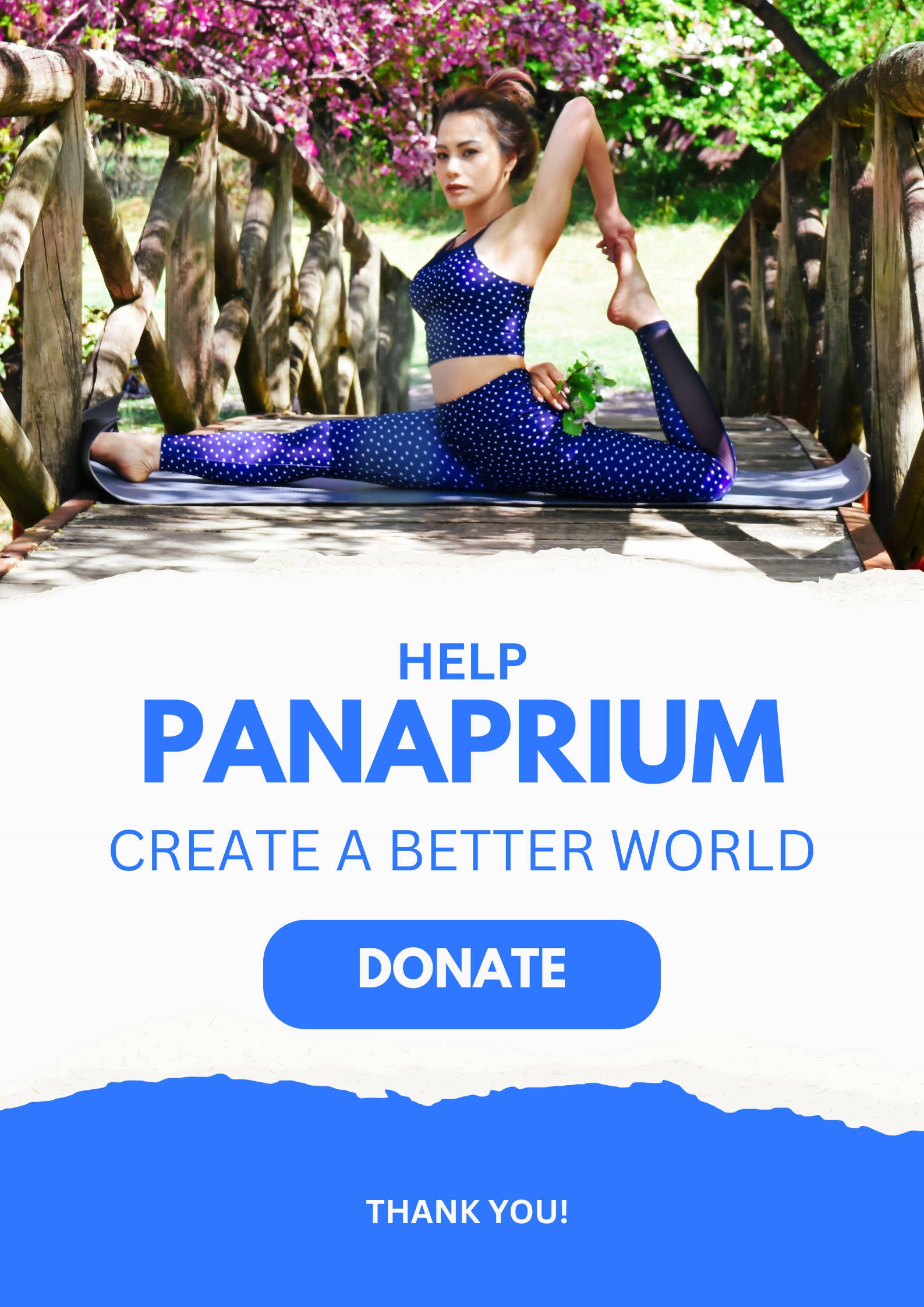

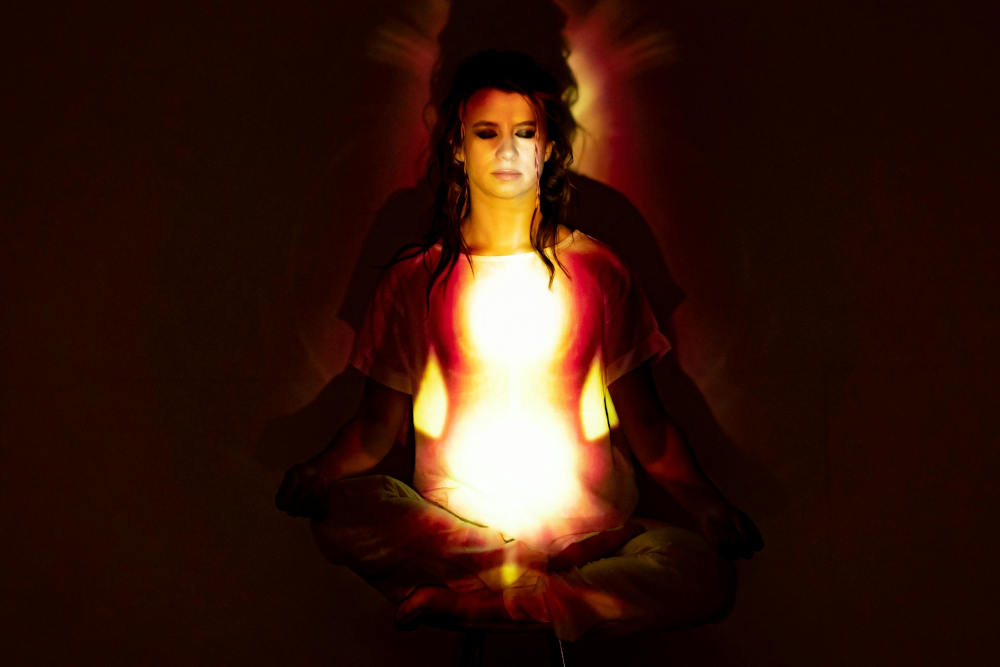







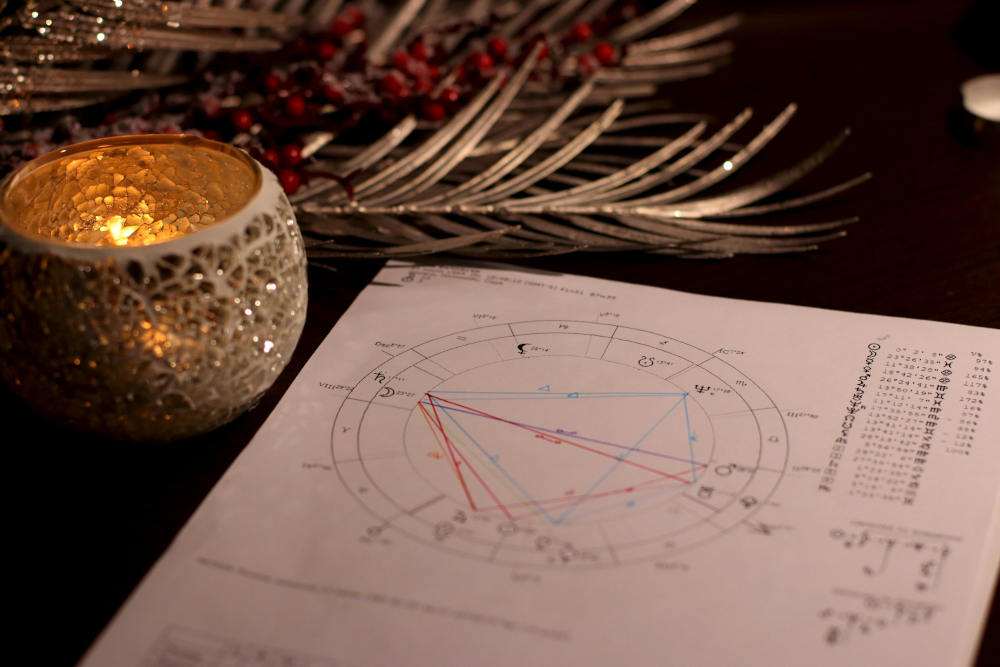


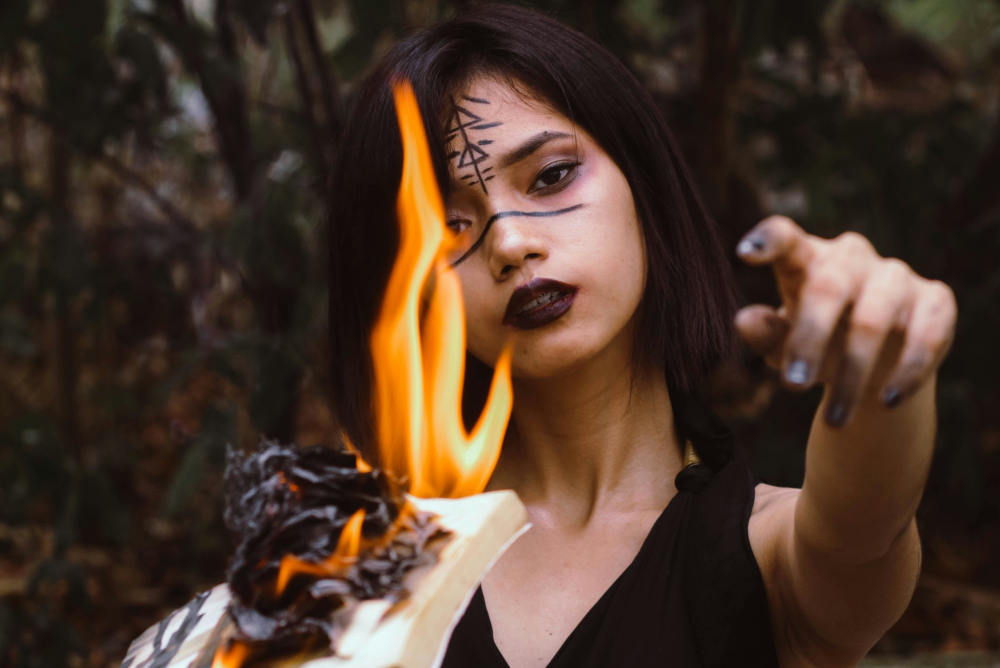









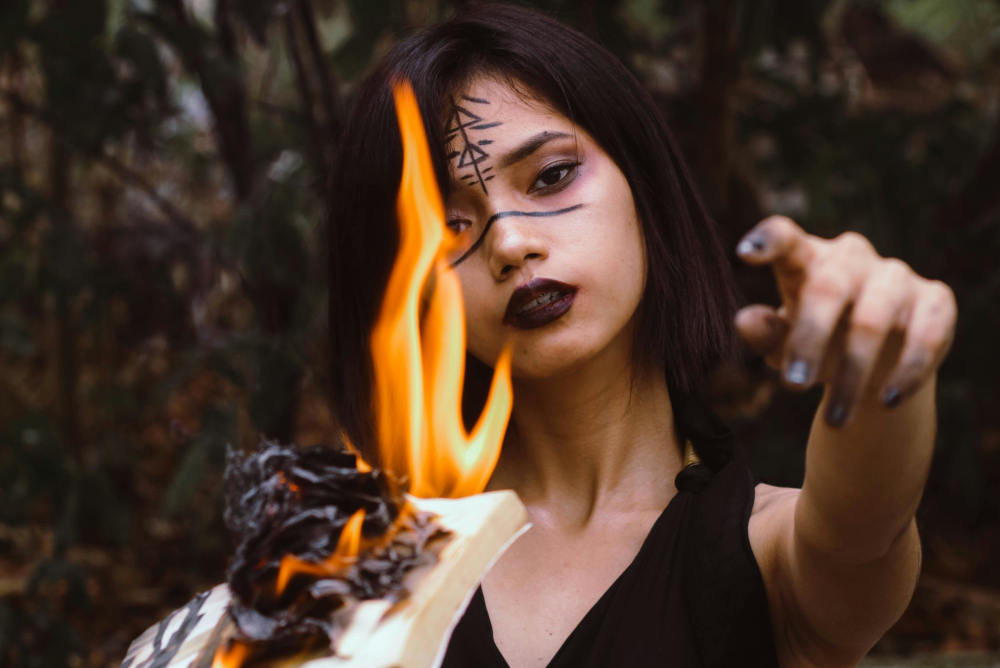





0 commentaire